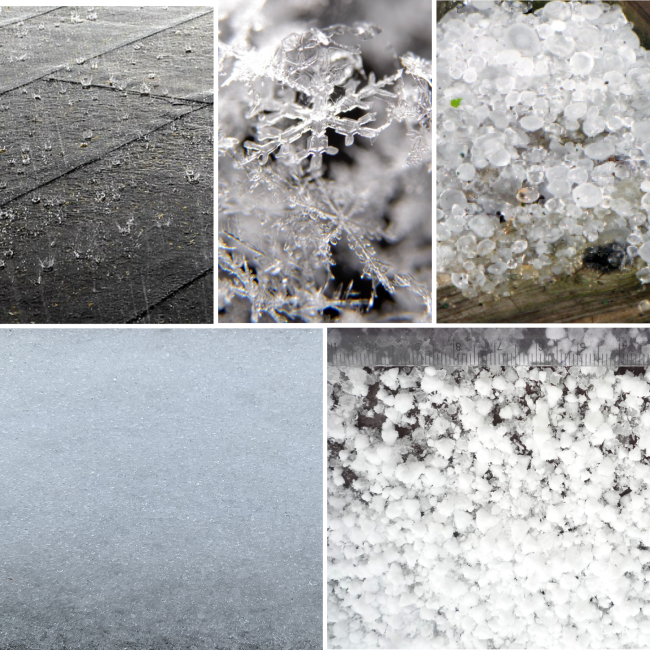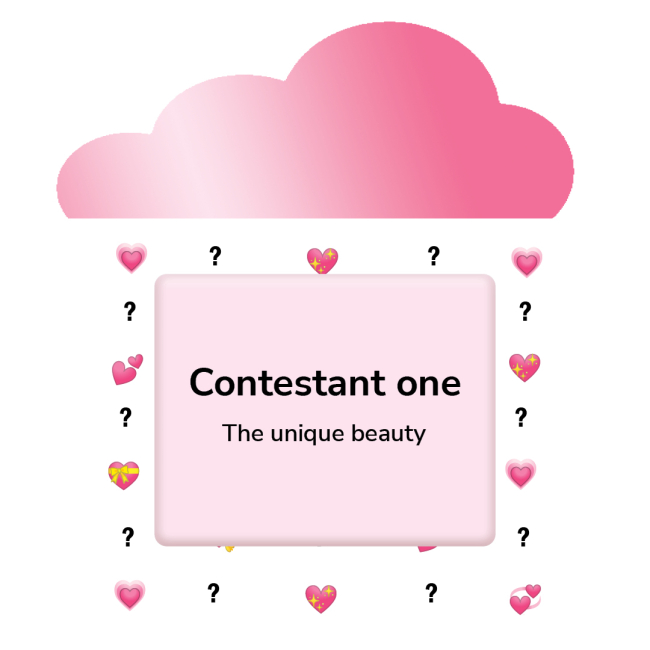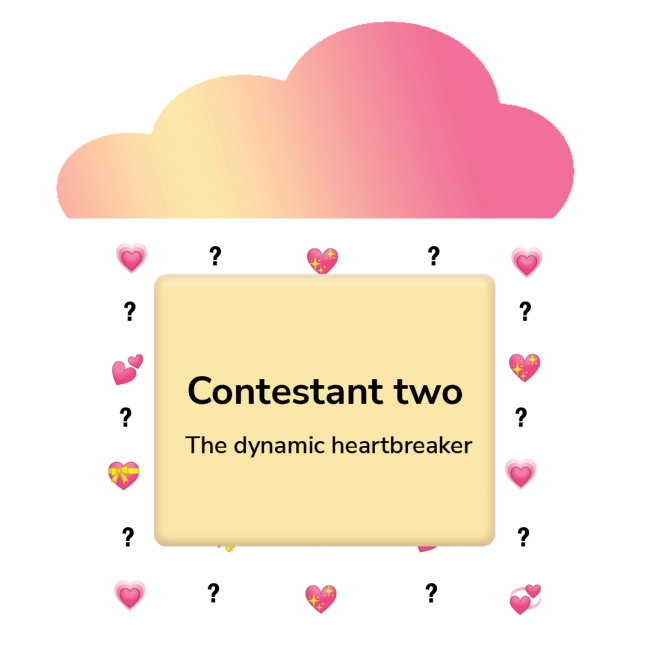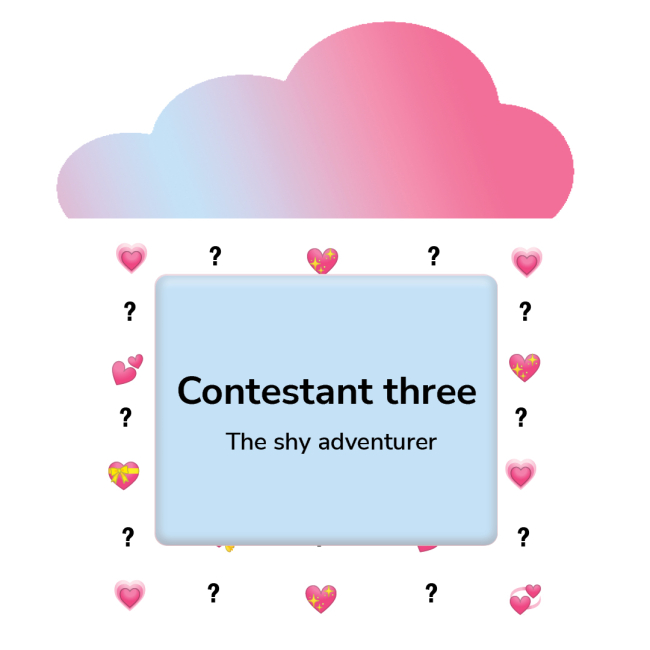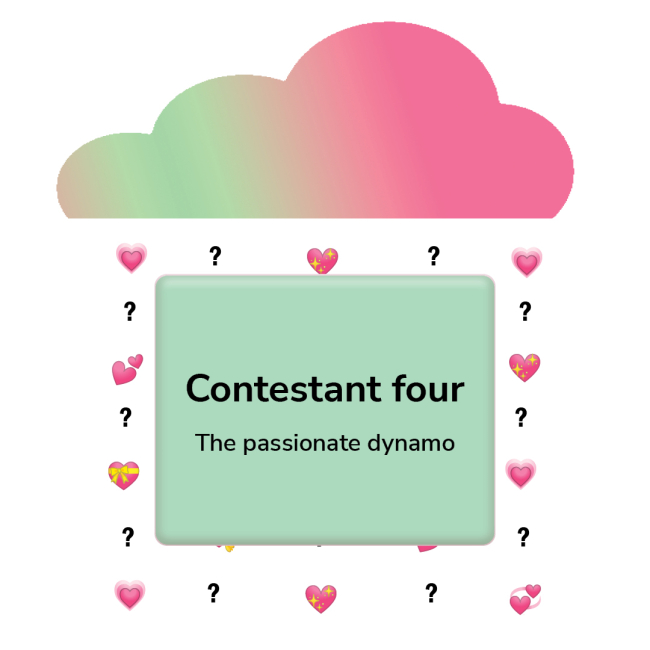Match each type of frozen precipitation with the correct ‘blind date’ bio
Roses are red, violets are blue. We have a mystery for you to pursue. It’s a blind date quiz, we’d love your participation! Identify each contestant as frozen precipitation. We’ve had some fun, we hope you don’t mind, but, you know what they say — love is snowblind.
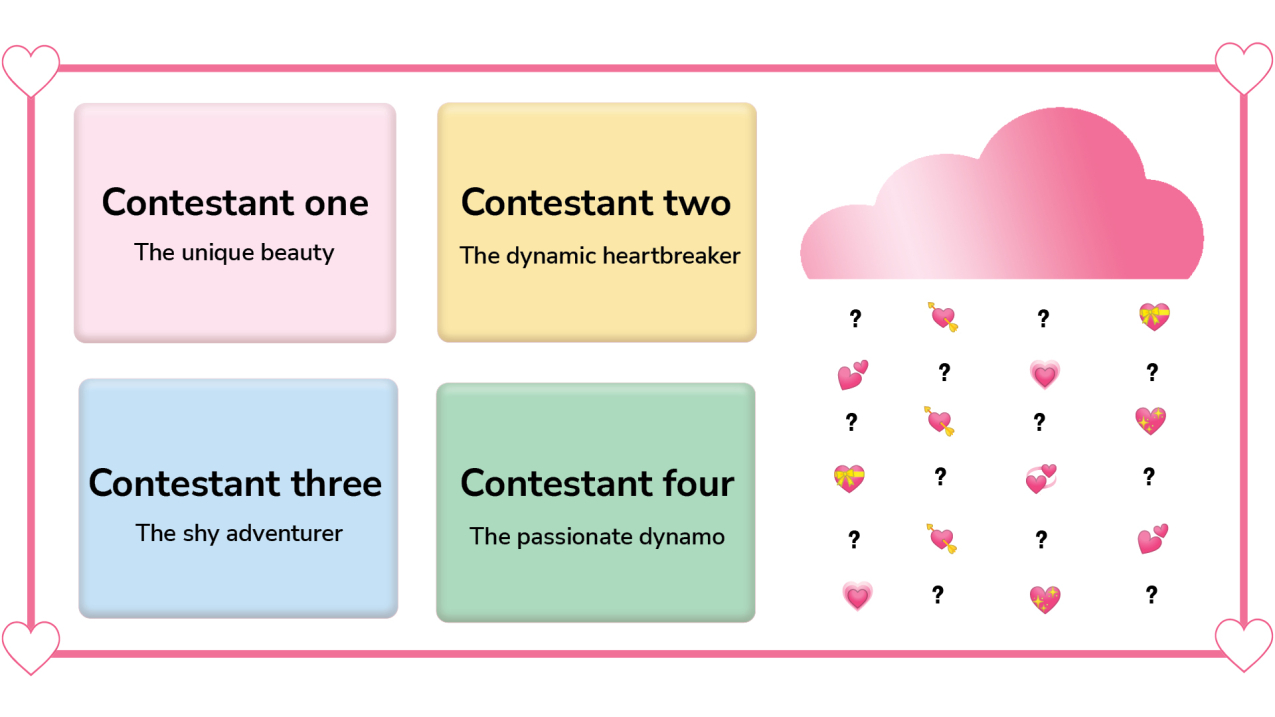
Valentine's day Blind Date: Frozen precipitation edition. (Image credit: NOAA Office of Education)
We’ve got * heart eyes * for frozen precipitation! There are many types of precipitation, all which form and change based on different atmospheric conditions. Precipitation is any form of water particle, whether liquid or solid, that falls from the atmosphere and reaches the ground.
This Valentine’s Day, don’t flake on us — join us for a little fun! Can you guess each type of frozen precipitation by reading these mysterious bios? Who would be your next hot — or, should we say, cold — date?
Today's contestants are:
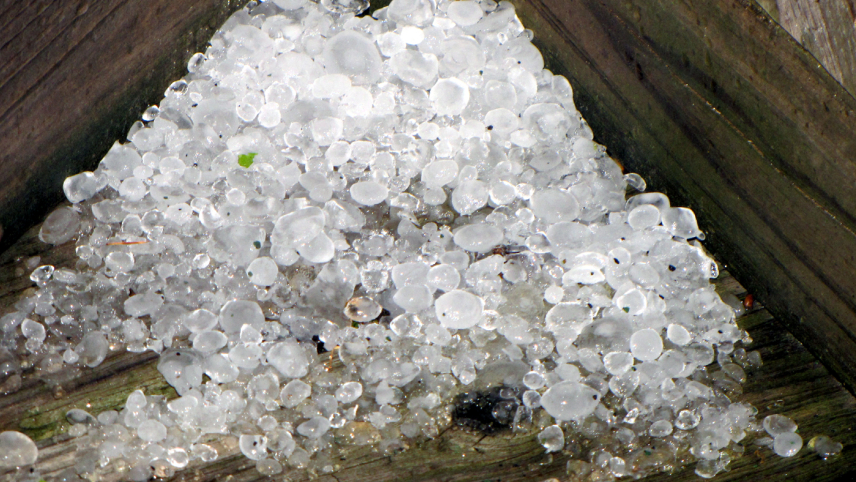
Hail
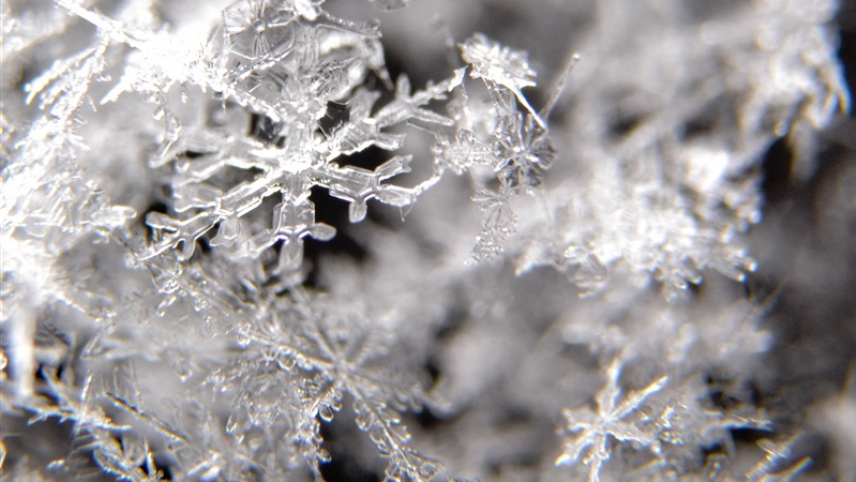
Snow
Sleet
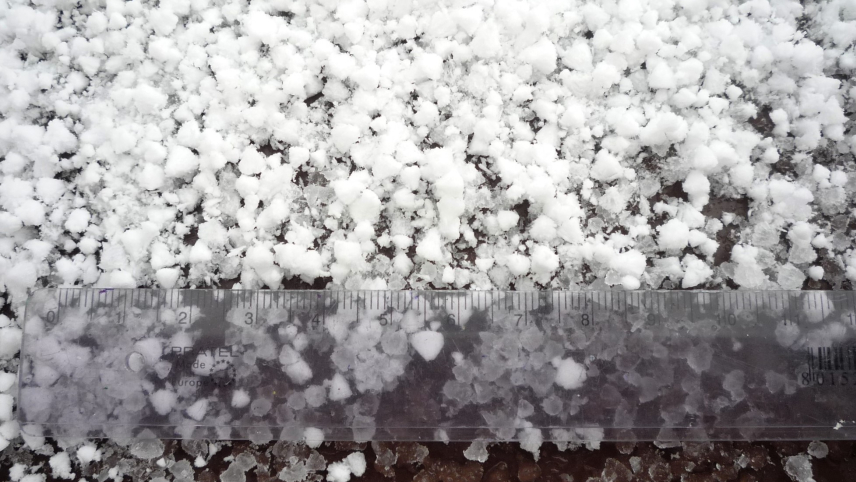
Graupel
Reveal the identity of contestant one!
Snow crystals form when all of the air between the cloud and the ground is below freezing. Crystals rarely stand alone. Instead, several snow crystals stick together, forming the familiar fluffy snowflakes we all love.

Reveal the identity of contestant two!
Sleet forms when water drops freeze as they fall. Often, this happens when snow hits warmer air and melts as it falls and then encounters cold air and re-freezes before hitting the ground.
Reveal the identity of contestant three!
Graupel are soft pellets, and quite fragile. Graupel forms when a water droplet is supercooled, or at a temperature below its freezing point, and then freeze onto a snow crystal.

Reveal the identity of contestant four!
Hail is made of balls of ice that form in thunderstorm clouds and can range in size. Hail pellets grow as more water droplets freeze onto them as they circulate in the cloud. They stay frozen as they fall.

Thanks for joining in on our Valentine’s Day fun! Learn more about frozen precipitation.


